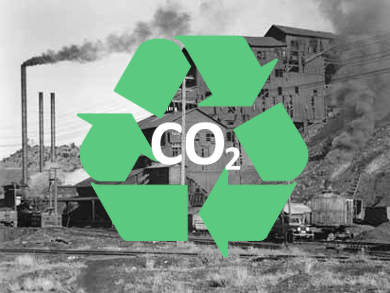The world’s first commercial-scale carbon capture and storage (CCS) process on a coal-fired power plant officially opened at Boundary Dam Power Station, Estevan, Saskatchewan, Canada on 2 October. The $1.4 billion (€1.1 billion) facility is expected to capture up to 1 million tonnes of carbon dioxide annually. The captured carbon dioxide will be transported by pipeline to nearby oil fields and will be used for enhanced oil recovery. Saskatchewan has access to a limestone basin several kilometers beneath several layers of solid stone and is clear of volcanic and major earthquake activity. So any remaining carbon dioxide will be stored permanently deep underground and will be continuously monitored.
In addition to carbon dioxide, sulfur dioxide will be captured, converted to sulfuric acid, and sold to industry. Fly ash, a by-product of coal combustion, will be sold for use in ready-mix concrete, pre-cast structures, and concrete products.
About twenty CCS projects are at the advanced planning stagende or under construction worldwide. Neste Oil Corporation, Finland, for example, has partnered with Taiyo Nippon Sanso, Japan, to build a carbon dioxide recovery and liquefaction plant which will process 36,300 tonnes of carbon dioxide-rich gas from Neste’s renewable diesel refinery in Singapore. It should be fully operational by the end of 2015.
Drax, which operates the biggest coal power station in the UK, has received up to €300 million ($382 million) under the European NER300 program to build a power plant that capture 90 % of its carbon dioxide emissions and transport it by pipeline for permanent storage deep under the North Sea. NER300 is one of the world’s largest funding programmes for innovative low-carbon energy demonstration projects
- SaskPower, Regina, Saskatchewan, Canada
- World’s first carbon capture coal plant opens,
Rebecca Trager,
ChemistryWorld 9 October 2014




